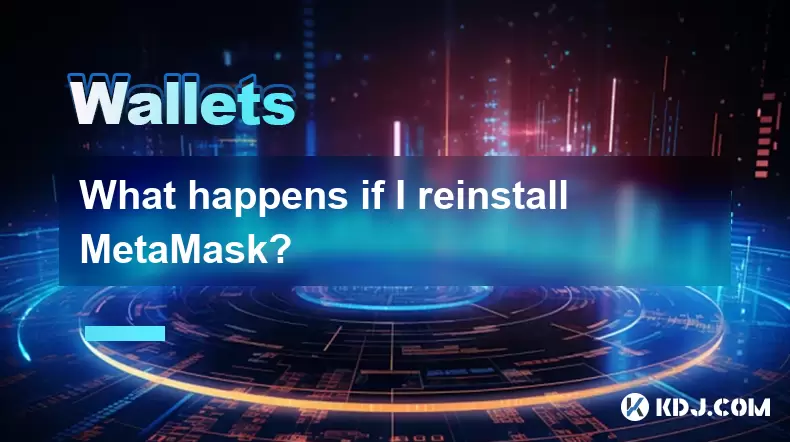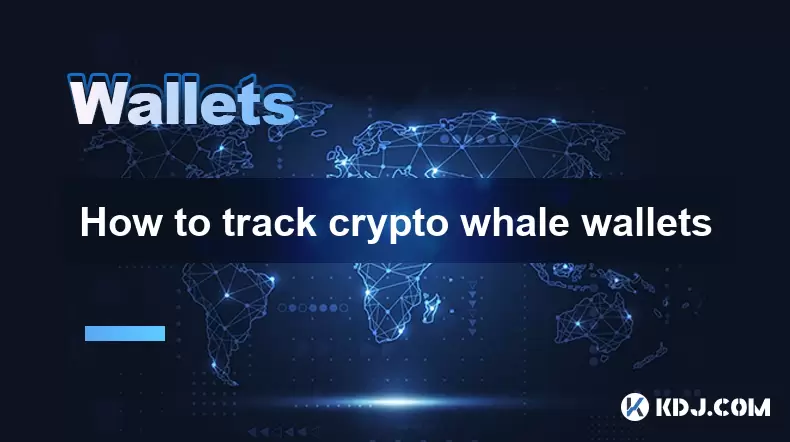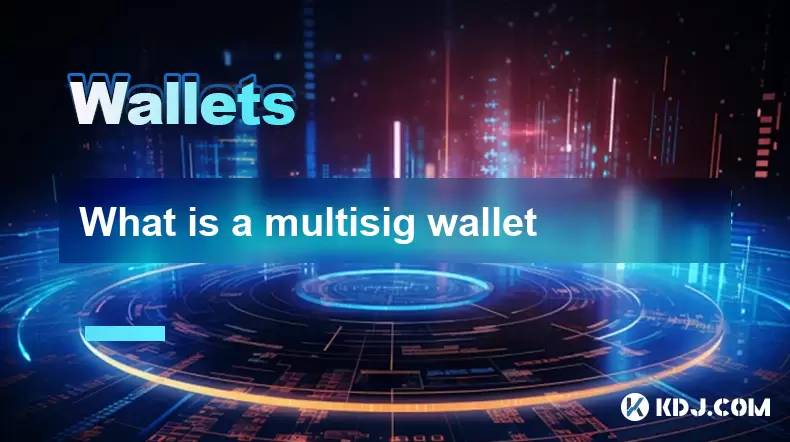-
 Bitcoin
Bitcoin $118,841.1054
1.02% -
 Ethereum
Ethereum $3,364.2689
7.44% -
 XRP
XRP $3.0337
3.93% -
 Tether USDt
Tether USDt $1.0004
0.04% -
 BNB
BNB $708.2059
2.49% -
 Solana
Solana $173.2385
5.74% -
 USDC
USDC $0.9999
-0.01% -
 Dogecoin
Dogecoin $0.2121
6.85% -
 TRON
TRON $0.3090
2.81% -
 Cardano
Cardano $0.7628
2.25% -
 Hyperliquid
Hyperliquid $46.8391
-2.08% -
 Stellar
Stellar $0.4537
0.15% -
 Sui
Sui $3.9529
-2.88% -
 Chainlink
Chainlink $16.6414
3.72% -
 Hedera
Hedera $0.2354
1.52% -
 Bitcoin Cash
Bitcoin Cash $499.1285
0.43% -
 Avalanche
Avalanche $22.6400
0.57% -
 Shiba Inu
Shiba Inu $0.0...01438
4.88% -
 UNUS SED LEO
UNUS SED LEO $8.8507
-0.64% -
 Toncoin
Toncoin $3.1498
2.35% -
 Litecoin
Litecoin $97.4954
1.21% -
 Polkadot
Polkadot $4.1541
1.50% -
 Monero
Monero $331.4406
-1.03% -
 Pepe
Pepe $0.0...01350
5.24% -
 Uniswap
Uniswap $8.9103
-5.01% -
 Bitget Token
Bitget Token $4.7540
4.51% -
 Dai
Dai $0.9999
-0.02% -
 Ethena USDe
Ethena USDe $1.0008
0.00% -
 Aave
Aave $322.3328
-1.63% -
 Bittensor
Bittensor $431.8026
-0.50%
What happens if I reinstall MetaMask?
Reinstalling MetaMask doesn’t delete your wallet if you have your secret recovery phrase, allowing you to restore accounts and funds seamlessly.
Jul 09, 2025 at 07:15 am

Understanding the Implications of Reinstalling MetaMask
Reinstalling MetaMask may be necessary for various reasons, such as troubleshooting issues, upgrading your browser, or switching devices. However, users often wonder what happens to their wallets, keys, and transaction history when they perform a reinstall. The key thing to understand is that reinstalling MetaMask does not delete your wallet, provided you have your secret recovery phrase (SRP) saved securely.
When you first set up MetaMask, you're prompted to save a 12-word recovery phrase. This phrase acts as the master key to your wallet. Even if you uninstall and then reinstall MetaMask, you can recover all your accounts by re-entering this recovery phrase during setup.
Data That Persists After Reinstallation
After reinstalling MetaMask, several elements remain intact as long as you retain your recovery phrase:
- Private keys and account addresses: These are derived from your recovery phrase and will remain the same after reinstallation.
- Transaction history: While some local data like recent transactions might not appear immediately, your full history is tied to the blockchain and can be restored by reconnecting to the correct networks.
- Connected dApps and permissions: You'll need to reconnect to decentralized applications (dApps), but your previous interactions on-chain are still recorded and accessible via block explorers.
It's important to note that local settings such as custom RPCs, preferred currency, or theme preferences may not carry over unless you manually back them up or use a synced browser profile.
Steps to Reinstall MetaMask Without Losing Data
If you want to safely reinstall MetaMask, follow these steps to ensure no loss of access to your funds or accounts:
- Back up your recovery phrase: Ensure it's written down and stored securely before proceeding.
- Uninstall MetaMask: Go to your browser’s extensions panel and remove the current installation.
- Clear cache (optional): In some cases, residual data may cause issues. Clearing your browser cache can help avoid conflicts.
- Reinstall MetaMask: Download the extension from the official website or your browser’s extension store.
- Restore using your recovery phrase: During setup, choose the option to restore an existing wallet and enter your 12-word phrase.
Failure to follow these steps correctly could result in loss of access to your funds, especially if the recovery phrase is entered incorrectly or forgotten.
What Happens to Connected dApps?
After reinstalling MetaMask, you’ll notice that previously connected dApps no longer recognize your wallet. This is because connection approvals are stored locally within the extension and do not persist through uninstallation.
To regain access:
- Reconnect each dApp individually: Visit the dApp’s website and connect your wallet again.
- Approve permissions anew: You’ll need to confirm contract interactions, token allowances, and network switches as if connecting for the first time.
- Check for session tokens: Some platforms use temporary session tokens that expire upon logout or uninstallation.
Despite needing to reconnect, your on-chain activity remains valid. For example, if you staked tokens or participated in a governance vote, those actions are permanently recorded on the blockchain and unaffected by MetaMask reinstallation.
Recovering Funds After Reinstallation
As long as you’ve retained your recovery phrase, all your funds remain accessible even after reinstalling MetaMask. Here’s how to verify and access them:
- Ensure correct network selection: After restoring, check that you’re viewing the correct network (e.g., Ethereum, Binance Smart Chain).
- Verify token balances: If certain tokens don’t show up automatically, add them manually using their contract addresses.
- Use a block explorer: To confirm ownership and balance, look up your address on Etherscan or a similar explorer.
In rare cases where funds don’t appear immediately, it could be due to caching or incorrect network settings. Restarting the browser or switching networks usually resolves this issue.
Frequently Asked Questions
Q: Will I lose my ETH or other tokens if I reinstall MetaMask?
A: No, your funds are stored on the blockchain, not in the MetaMask extension itself. As long as you restore your wallet with the correct recovery phrase, your tokens will still be there.
Q: Do I need to inform anyone or make any notifications before reinstalling MetaMask?
A: No notification is required. Since MetaMask is a non-custodial wallet, you don’t need permission from third parties to reinstall or restore your wallet.
Q: Can I use the same recovery phrase on multiple devices?
A: Yes, you can import your recovery phrase into MetaMask on different devices. Each instance will control the same wallet and have access to the same funds.
Q: What should I do if I forgot my recovery phrase before reinstalling MetaMask?
A: If you lost your recovery phrase and uninstalled MetaMask without exporting your private keys, you may lose access to your wallet. Always store your recovery phrase securely and never share it with others.
Disclaimer:info@kdj.com
The information provided is not trading advice. kdj.com does not assume any responsibility for any investments made based on the information provided in this article. Cryptocurrencies are highly volatile and it is highly recommended that you invest with caution after thorough research!
If you believe that the content used on this website infringes your copyright, please contact us immediately (info@kdj.com) and we will delete it promptly.
- Coinbase's 'Everything App' Vision: Base App Unites Crypto, Social, and Payments
- 2025-07-17 08:30:13
- Aster: Revolutionizing DeFi with Perpetual Contracts on US Equities
- 2025-07-17 08:30:13
- Biofuel Services Powering Fleet Sustainability & Fuel Delivery: A New Era
- 2025-07-17 06:30:13
- Bitcoin, Altcoins, and Market Dominance: Decoding the Crypto Landscape
- 2025-07-17 06:30:13
- TikTok, Creators, and Records: A Wild Ride in the Digital Age
- 2025-07-17 06:50:13
- Roger Ver, Bitcoin Jesus, and the Extradition Lawsuit: A New York Minute on Crypto's Controversial Figure
- 2025-07-17 06:50:13
Related knowledge

What is a hardware wallet's secure element
Jul 11,2025 at 10:14pm
What is a Hardware Wallet's Secure Element?A hardware wallet is one of the most secure ways to store cryptocurrencies. Unlike software wallets, which ...

How to track crypto whale wallets
Jul 16,2025 at 10:00am
What Are Crypto Whale Wallets?Crypto whale wallets refer to large cryptocurrency holdings controlled by individuals or entities that have the potentia...

What is the difference between a custodial and non-custodial wallet
Jul 13,2025 at 03:21am
Understanding Wallet Types in CryptocurrencyIn the world of cryptocurrency, digital wallets play a crucial role in managing and securing assets. A wal...

What is a multisig wallet
Jul 16,2025 at 01:42am
Understanding the Concept of a Multisig WalletA multisignature (multisig) wallet is a type of cryptocurrency wallet that requires more than one privat...

How to add a new network to MetaMask
Jul 11,2025 at 11:42pm
Understanding the Need to Add a New NetworkWhen using MetaMask, a popular Ethereum-based cryptocurrency wallet, users often need to interact with diff...

How to add Ethereum L2 networks like Arbitrum to Trezor
Jul 11,2025 at 12:36am
What Is Ethereum L2 and Why Add It to Trezor?Ethereum Layer 2 (L2) networks, such as Arbitrum, are scaling solutions designed to reduce congestion on ...

What is a hardware wallet's secure element
Jul 11,2025 at 10:14pm
What is a Hardware Wallet's Secure Element?A hardware wallet is one of the most secure ways to store cryptocurrencies. Unlike software wallets, which ...

How to track crypto whale wallets
Jul 16,2025 at 10:00am
What Are Crypto Whale Wallets?Crypto whale wallets refer to large cryptocurrency holdings controlled by individuals or entities that have the potentia...

What is the difference between a custodial and non-custodial wallet
Jul 13,2025 at 03:21am
Understanding Wallet Types in CryptocurrencyIn the world of cryptocurrency, digital wallets play a crucial role in managing and securing assets. A wal...

What is a multisig wallet
Jul 16,2025 at 01:42am
Understanding the Concept of a Multisig WalletA multisignature (multisig) wallet is a type of cryptocurrency wallet that requires more than one privat...

How to add a new network to MetaMask
Jul 11,2025 at 11:42pm
Understanding the Need to Add a New NetworkWhen using MetaMask, a popular Ethereum-based cryptocurrency wallet, users often need to interact with diff...

How to add Ethereum L2 networks like Arbitrum to Trezor
Jul 11,2025 at 12:36am
What Is Ethereum L2 and Why Add It to Trezor?Ethereum Layer 2 (L2) networks, such as Arbitrum, are scaling solutions designed to reduce congestion on ...
See all articles

























































































